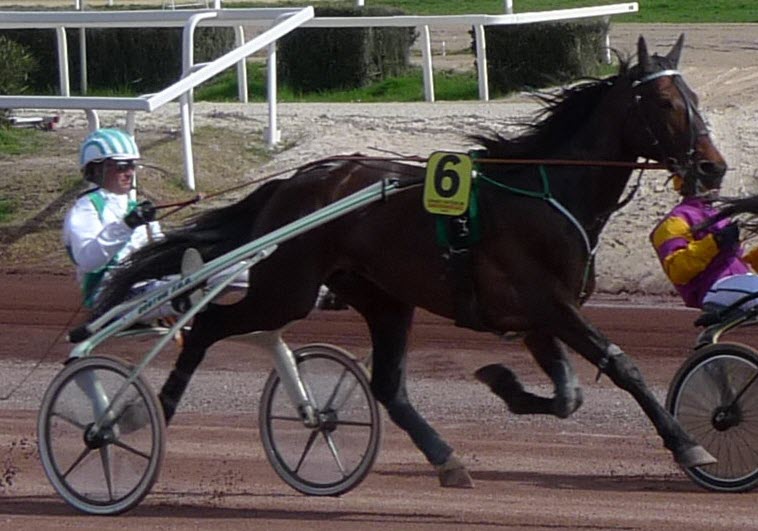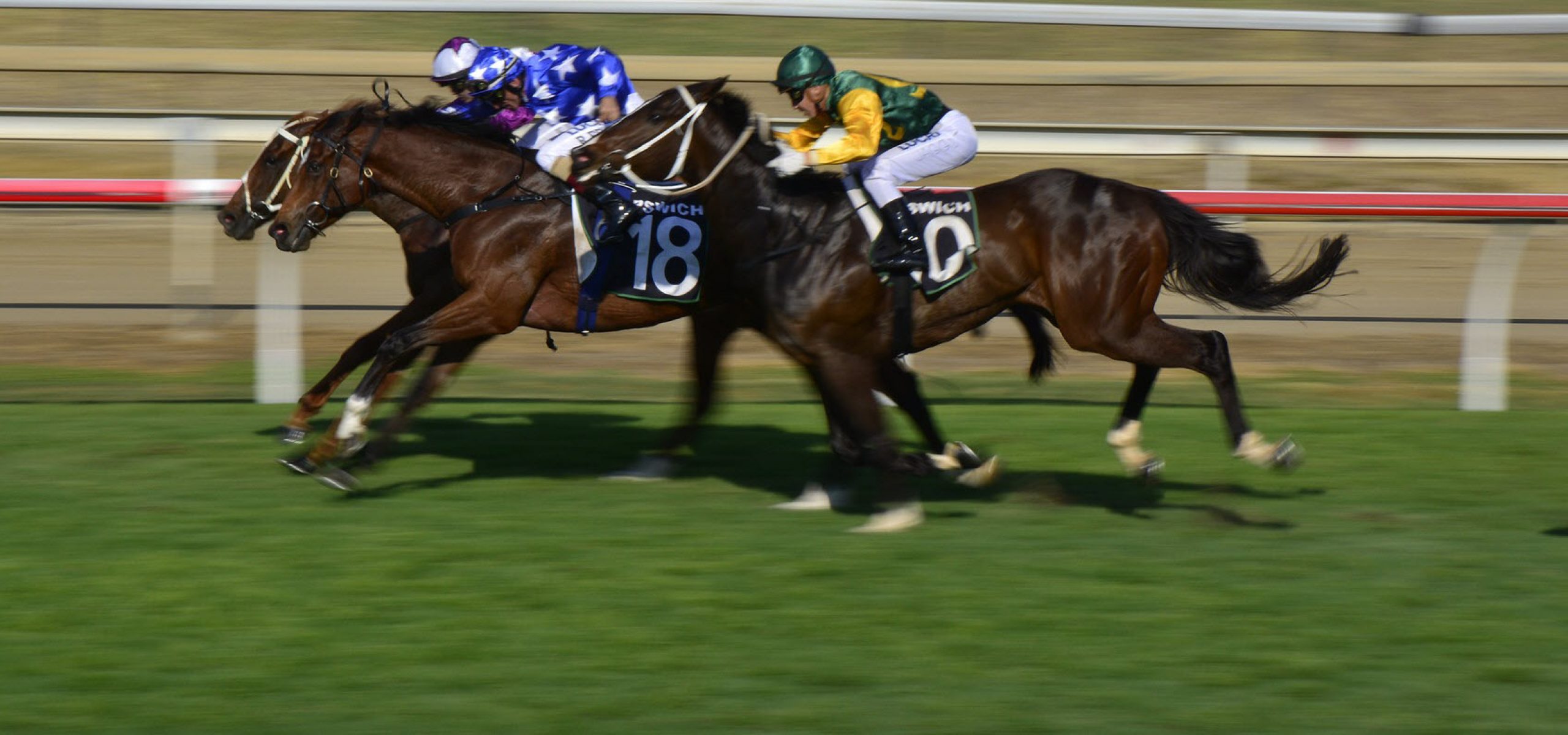Contents
Trottingbreds, often referred to as “Standardbred ponies,” are a type of horse known for their ability to race in harness at a trot or pace, rather than the full gallop seen in Thoroughbred racing. These animals are closely related to Standardbred horses, sharing much of the same lineage and characteristics but are distinguished primarily by their smaller size. Trottingbreds are used in harness racing across various parts of the United States and in other countries, offering a more accessible entry point into the world of harness racing due to their size, cost, and the unique racing challenges they present.

Characteristics
Trottingbreds typically stand between 11 and 14 hands high (44 to 56 inches, 112 to 142 cm) at the withers, making them smaller than their Standardbred counterparts, which usually range from 14 to 17 hands high. Despite their smaller stature, Trottingbreds possess a strong build, solid bone structure, and the muscular hindquarters characteristic of harness racing breeds. They inherit the Standardbred’s calm disposition, intelligence, and willingness to work, making them suitable for participants of all ages, especially for youth and amateur drivers.
Racing
Trottingbred races are conducted similarly to Standardbred races, with the horses pulling a two-wheeled cart known as a sulky, in which the driver sits. Races can be contested at a trot or pace, depending on the specific gait of the horse. The pacing gait is often faster and more stable, but both gaits are celebrated in the sport. Trottingbred races are held on smaller tracks than those used for Standardbred racing, reflecting the smaller size and stride length of the horses.
Associations and Events
Several associations dedicated to Trottingbred racing and breeding exist, including the American Trottingbred Association and the United States Trotting Association, which also governs Standardbred racing. These organizations oversee the registration, breeding, and racing of Trottingbreds, ensuring the sport’s integrity and the animals’ welfare.
Annual events and races celebrate the best of Trottingbred racing, with competitions often segmented by age for both horses and drivers, offering opportunities for young riders to gain experience in harness racing. These events not only showcase the athletic abilities of Trottingbreds but also serve to maintain and grow interest in harness racing as a whole.
Use Beyond Racing
While primarily bred for harness racing, Trottingbreds’ temperament and size make them suitable for other equestrian activities as well. They are often used in riding programs for children, therapeutic riding, and driving events beyond the racetrack, including parades and competitive driving. Their versatility, combined with a friendly and cooperative nature, makes them well-loved by their owners and handlers in various equestrian disciplines.
Conclusion
Trottingbreds offer a unique blend of the excitement of harness racing and the accessibility of a smaller, more manageable horse. They play a crucial role in introducing new participants to the sport of harness racing, providing a platform for education, competition, and the enjoyment of equine sports. Their adaptability and friendly nature also make them valued companions beyond the racetrack, contributing to their popularity and enduring appeal.

